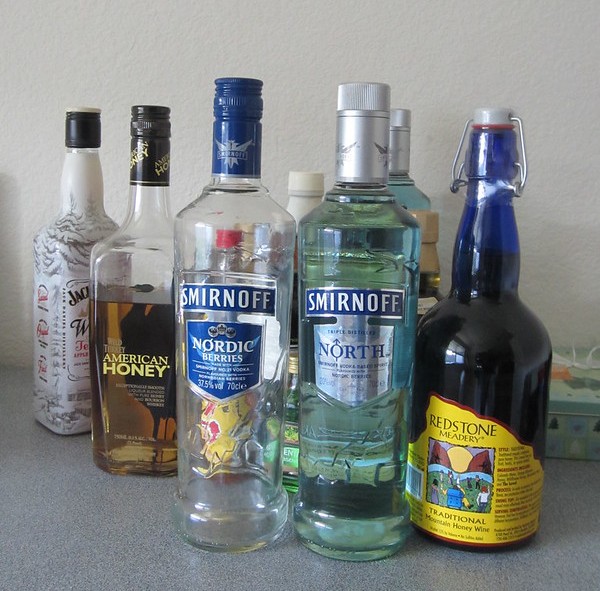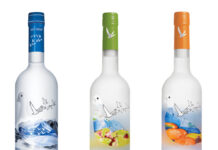The Magic of Vodka
Traditionally Vodkas were made by distilling fermented grains or potatoes. However, over a period of time quite a few modern brands have started using other substances like fruits & sugar. This distilled beverage is primarily composed of ethanol & water along with a few impurities & flavorings at times.
Since the 1890s Vodka has been a popular social drink amongst many European countries like Russia, Ukraine, Poland, Czechoslovakia, Estonia, Latvia & Lithuania. Culturally drunk neat without mixing any water or ice, Vodka is often served chilled in the Eastern European belt countries around the Baltic Sea.
Vodka is also most commonly used in recipes for mixed drinks & cocktails like the Vodka Martini, Vodka Tonic, White or Black Russian Bloody Mary, Greyhound, Screwdriver & Sex on the Beach.
The Making of Vodka
Distilled from any starch or sugar source rich plant matter, Vodka today is largely produced from grains like corn, sorghum, rye or wheat. Amongst the grain varieties, wheat & rye Vodkas are generally considered to be superior than, others. Quite a few Vodkas are also made from soybeans, potatoes, rice, sugar beets, grapes & molasses. Some varieties of Vodkas are also made from byproducts of wood pulp processing & oil refining industries.
Then there are Polish Vodkas which are produced simply by fermenting solution of crystal sugar with yeast. The European Union is holding talks for standardization of Vodka. Following the traditional methods of production most countries from the Vodka producing belt insist that only spirits generated from grains, potatoes, sugar beet & molasses must be allowed to be branded as Vodka.
Alcohol by Volume in Vodkas
Since the late 19th century certain standards of Vodka products have been maintained. Czech, Russian, Polish, Ukrainian, Latvian, Estonian & Lithuanian Vodkas are mostly 40% alcohol by volume. A minimum of 37.5% alcohol by volume has been established by the European Union to be named Vodka as such. However, a minimum of 40% alcohol by volume is the basic criteria for any product to be sold as Vodka in the United States.

Vodka in Russia
The liquor obtained by distillation of grape must is from where came the name ‘Spirit’ in several European languages. Aqua Vitae or ‘The Water of Life’ was earlier brought to Moscow & presented to the Grand Duke Dimitry Donskov in 1386.A type of distilled spirit coined Vodka first came up in Russia in the late 14th century.
However, right up to the mid-18th century, Vodka as such remained substantially low in alcohol content never exceeding 40% alcohol by volume. Several terms like “bread wine”, “burning wine” or at times simply “wine” were recorded in respect to differing levels of quality, filtering, number of distillations & alcohol concentration.
As grape wine was pretty expensive & largely consumed by aristocrats in specific regions “burning wine” gained popularity. Usually diluted to 24% alcohol by volume with water, the spirit was mostly sold at the taverns. Word “Vodka” was already in use at that point of time. But this was generally used to describe herbal tinctures made for medicinal purposes & containing about 75% alcohol by volume.
Polish Vodkas
Production of Vodka on a large scale started in Poland somewhere at the end of the 16th century. Initially they sprang around Kraków up till 1550 as spirits were exported to Silesia from here. Poznań city in 1580 had about 498 working spirit distilleries who were also exporting Vodka to Silesian cities. Soon Gdańsk took their place outpacing both these Vodka producing cities. Polish Vodka never looked back.
Gaining popularity it became well known in several European countries & regions like England, Russia, Denmark, Netherlands, Germany, Hungary, Austria, Ukraine, Bulgaria, Romania & the Black Sea basin.








